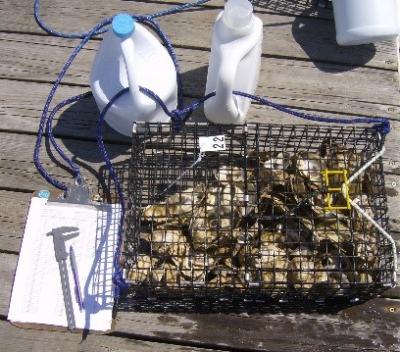-
Our Community
-
- Welcome Visitors About Durham's Community Climate Remembrance Project Diversity Welcome Statement Life in Durham Places to Stay Places to Eat Places to Park Transportation Schools Oyster River School District Welcome New Homeowners
- Durham Public Library Programs & Events Trails and Town Lands Conservation Commission Land Stewardship Conservation Lands & Parks Conservation Easements Trails Youth Organizations University of New Hampshire Durham Preservation Durham Historic Association
- Volunteer Town of Durham Land Stewardship Public Library UNH Cooperative Extension Churchill Rink Parks & Recreation Recreation Program Calendar Outdoor Recreation Activities Outdoor Recreation Sites Sustainable Durham Recycling Information Swap Shop Information Earth Day 2023
-
- Doing Business
-
Inside Town Hall
-
- Departments Assessing Building Business Office Code Enforcement Information Technology Planning Town Clerk/Tax Collector Parks & Recreation Boards, Commissions & Committees Agricultural Commission Conservation Commission Historic District/Heritage Comm. Other Boards & Committees Planning Board Zoning Board
- DCAT Media Productions DCAT Media - Programming DCAT Media Livestream Zoom Video Meeting Schedule Town Council Town Administration Public Hearings Public Safety Police Fire McGregor Memorial EMS (Ambulance)
- Public Works Engineering Division Operations Division Sanitation Division Water Division Wastewater Division Stormwater Town Directory Telephone Directory by Department Services Directory
-
-
Helpful Resources
-
- Quick Links Assessors Online Database Bids and RFP’s DCAT Media Productions GIS Digital Maps Jobs Online Services Parking Information Social Services Town Holidays Trash Pick Up Holiday Schedule Transfer Station & Recycling Center Information Curbside Refuse Collection by Street Zoom Video Meeting Schedule
- Town Documents Budget & CIP Forms & Applications Master Plan Tax Increment Finance (TIF) Districts Tax Maps Town Charter Town Code Town Reports Town Wide Master Fee Schedule Zoning Ordinance Voter Information
- Contact Us Cemetery Information Social Media Facebook Twitter Town Newsletter Friday Updates Town Meetings & Events Agenda and Minutes Calendar Public Hearing Notices State & U.S. Representatives
-
Great Bay Oyster Reef Restoration
Background
The eastern oyster, Crassostrea virginica, is an important keystone species in Great Bay Estuary, NH. As an ecosystem engineer, oysters provide several ecosystem services to both people and wildlife. Oysters filter excess nutrients and suspended solids from the water column improving water quality and clarity (Coen et al., 2007). In addition, oyster reefs provide important habitat for fish and invertebrates by building large vertical complex reef structures (Coen et al., 2007). Historically, Great Bay Estuary was filled with acres of healthy oyster reef. However, due to pollution, disease, sedimentation, and historical harvesting these numbers have decreased by over 90% resulting in only a little over a 100 acres of oyster reef today. With this drastic loss of oyster reefs, Great Bay has experienced a similar loss in the important ecosystem services that oysters provide to estuarine ecosystems. For this reason, The Nature Conservancy (TNC) of New Hampshire has been working collaboratively with The University of New Hampshire’s Jackson Estuarine Laboratory (UNH-JEL) to restore oyster reefs to Great Bay since 2009. The Oyster Conservationist (OC) Program is an important community engagement component of oyster reef restoration in Great Bay.
An Oyster Conservationist is a community member and environmental steward in the coastal area of New Hampshire who advocates or acts for the protection and preservation of the environment and wildlife. Participants in the OC Program work towards improving the health of Great Bay by raising oyster spat for TNC’s oyster reef restoration projects. Volunteers adopt a cage with spat on shell for an eight-week period cleaning and caring for the cage while also collecting data throughout the summer on survival, growth, invasive species, and wild oyster spat settlement. In 2018, the OC program had participants at 89 sites in Maine and New Hampshire. Spatially these sites are located across Great Bay, Little Bay, Piscataqua River, coastal NH, and its tributaries. The data collected provides information on conditions for oyster growth, survival, and wild oyster spat settlement to inform future oyster restoration efforts in Great Bay Estuary.
Click here for more information.


